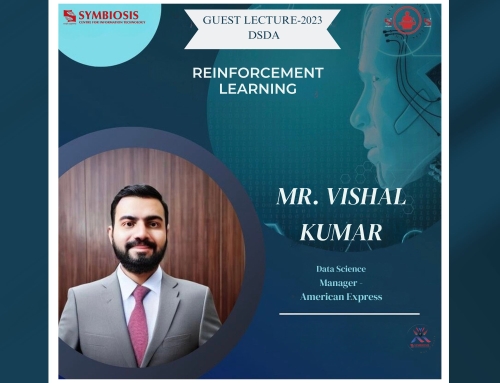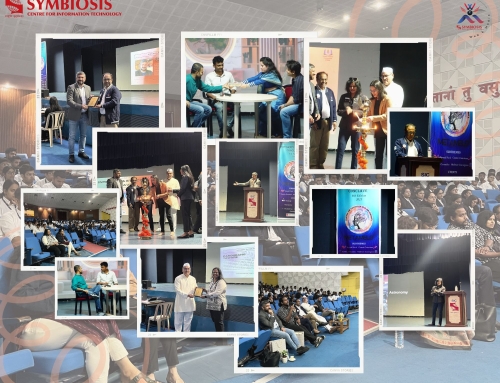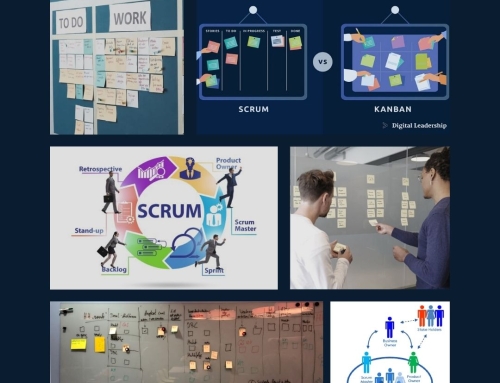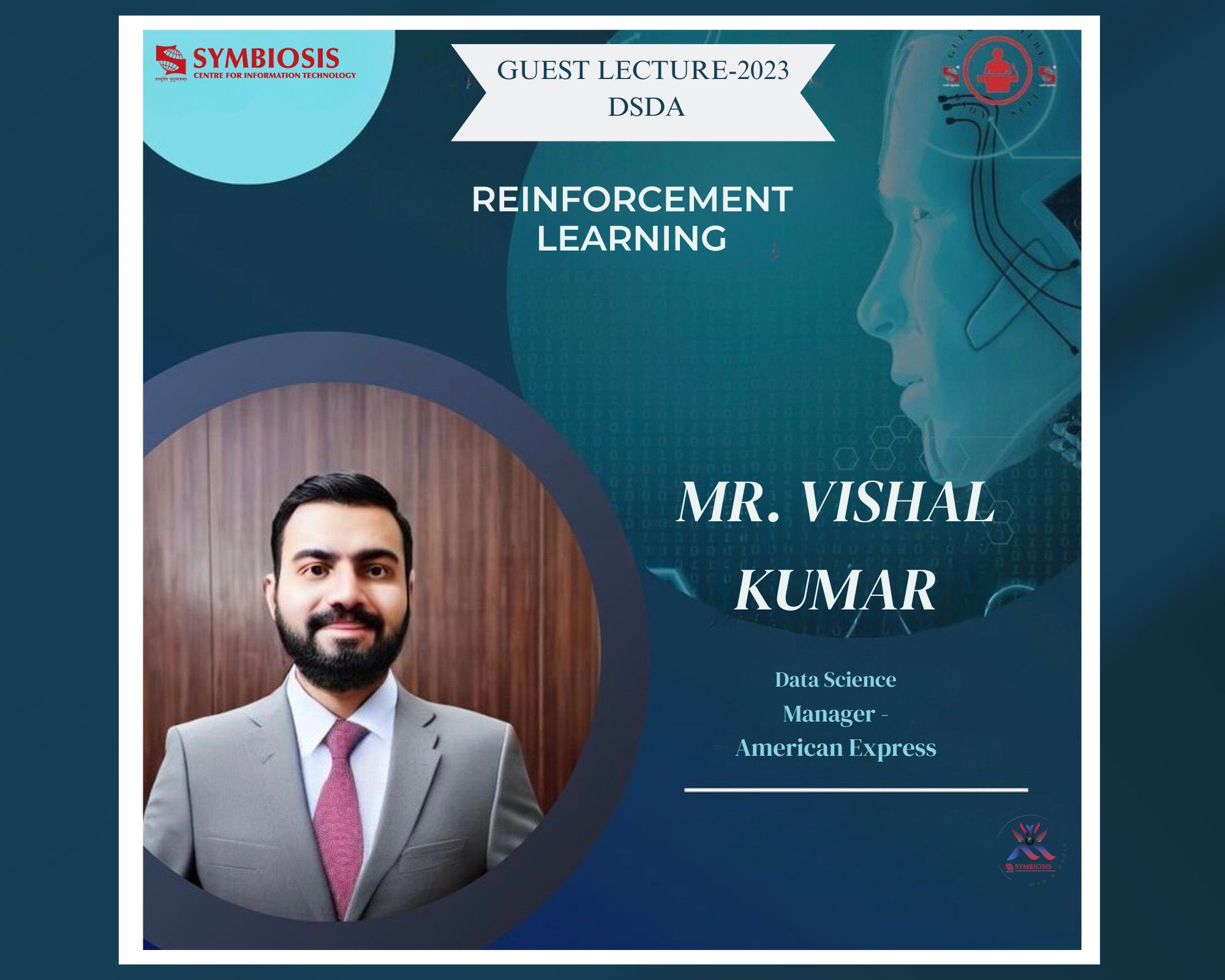Wildlife on Symbiosis University Campus and role of students

An informative session by Ms. Shilpa Avate, officer of the biodiversity cell of Symbiosis International University Pune, was conducted on the topic ‘Wildlife on Symbiosis Campus and role of students’. The speaker started the session by sharing her journey to become the officer of the biodiversity cell in Symbiosis. She shared her journey in the form of a story that was very engaging and was a great start for the session.
The speaker shared that her journey with wildlife on Symbiosis University campus started in 2010. She always had an interest in wildlife and her heart was in forest and nature. The speaker mentioned that Symbiosis has different types of habitats. Each and every corner has something to explore about wildlife as well as nature. She shared her experience of publishing a book on fauna. She shared that while sitting in an auditorium she was thinking that there should be a book on fauna of Symbiosis as well. It was the time when a book on the flora of Symbiosis campus was being published. She shared her views with Mr. S.B Mujumdar on publishing a book on the fauna of the Symbiosis University campus. The speaker mentioned that she started her work in April 2016 for publishing a book on fauna and finally the book was published on July 4,2018.
She said that after publishing the work on fauna, she continued to work. She took charge of the biodiversity cell in August 2018 and continued working. She also elaborated about the various species of fauna found in the campus. She said that there are 150 species of birds, 30 species of snakes, 40 species of butterflies, 6 species of frogs, 7 species of lizards and geckos and many more. She also mentioned that there were various challenges that she faced.
The speaker further moved on to share that during documentation some areas were classified as core areas (thick forested area), where the density of animals was more and some were classified as buffer areas (where people were allowed to move). The first area was the banyan tree area. The birds want undisturbed forest, so this was included that had no disturbance and hence it was declared core area. This was conservation. The next areas were bandhara conserve water birds and the plateau. There are some species of birds that can only survive in these areas and they cannot survive in the forests. The speaker shared that the conservation in campus was done in these 3 areas and these are the three success areas.
The speaker concluded by sharing that the students play a major role in this conservation. She also shared that the security guard also helps in documentation. She encouraged everybody to work in this direction and contribute as much as they can. She suggested starting conservation and planting from one’s home and concluded the session. This was overall a very informative session on biodiversity and conservation.
-Khyati















